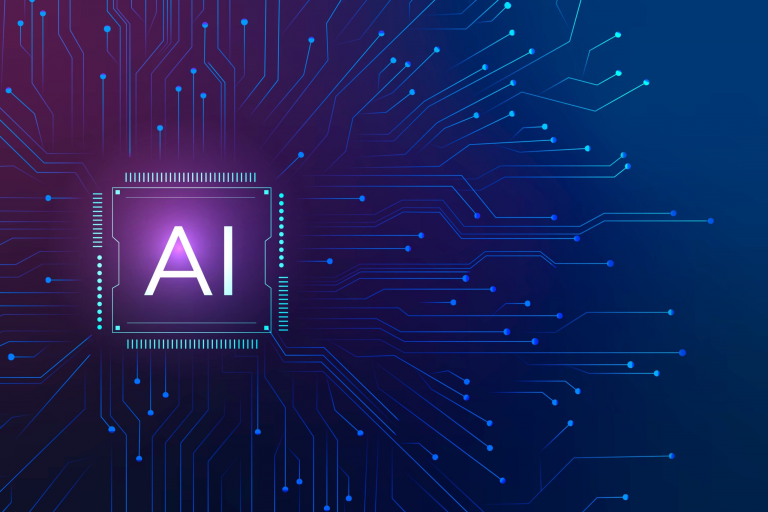
AI-powered products are becoming more and more prevalent in today’s world, from smart assistants to self-driving cars. But how can you build AI-powered products that are effective, ethical and user-friendly? And how can you manage the teams and processes involved in developing such products?
AI-powered product. What is the pain point or opportunity that your product is addressing? Who are your target users and customers? How will your product make their lives better or easier? How will you measure the success of your product? These are some of the questions that you need to answer before you start building your product. You also need to conduct market research and user research to validate your assumptions and understand the needs and preferences of your potential users.
Second, you need to design the user experience and the AI functionality of your product. How will your users interact with your product? What are the key features and functionalities that your product will offer? How will you balance the human and AI aspects of your product? How will you ensure that your product is trustworthy, transparent and fair?
Register for Tekedia Mini-MBA edition 18 (Sep 15 – Dec 6, 2025): registration continues.
Tekedia AI in Business Masterclass opens registrations.
Join Tekedia Capital Syndicate and co-invest in great global startups.
Register for Tekedia AI Lab: From Technical Design to Deployment.
You need to create user personas, user journeys, wireframes, prototypes and mockups to visualize and test your product design. For additional understanding of the benefits of wireframing, you may find useful information in this article. You also need to define the data sources, algorithms, models and metrics that you will use to power your AI functionality.
Third, you need to develop and deploy your AI-powered product. How will you implement your product design using code, data and AI tools? What are the best practices and standards for coding, testing, debugging and documenting your product?
How will you ensure the quality, security and scalability of your product? How will you deploy your product to the cloud or on-premises? How will you monitor and update your product after deployment? You need to use agile methodologies, DevOps practices, CI/CD pipelines and AI platforms to develop and deploy your product efficiently and effectively.
Fourth, you need to manage the teams and processes involved in building your AI-powered product. How will you organize your team structure, roles and responsibilities? How will you communicate, collaborate and coordinate with your team members and stakeholders?
How will you manage the scope, schedule, budget and risks of your project? How will you handle feedback, changes and issues that arise during the project lifecycle? You need to use project management tools, frameworks and methods to manage your project successfully.
AI-powered products are becoming more common and accessible in our daily lives. From smart speakers to self-driving cars, AI is transforming the way we interact with technology and the world around us. Here are some examples of AI-powered products that you may have encountered or heard of:
Amazon Alexa: This is a voice-activated assistant that can answer questions, play music, control smart home devices, and more. Alexa uses natural language processing and machine learning to understand and respond to user requests.
Netflix: This is a streaming service that offers personalized recommendations based on your viewing history, preferences, and ratings. Netflix uses deep learning and collaborative filtering to analyze user behavior and content features to suggest relevant titles.
Spotify: This is a music streaming service that creates personalized playlists based on your listening habits, mood, and taste. Spotify uses deep neural networks and natural language processing to generate playlists that match your preferences and discover new songs.
Google Photos: This is a photo storage and sharing service that uses computer vision and deep learning to organize, edit, and enhance your photos. Google Photos can recognize faces, objects, scenes, and events in your photos and create albums, collages, animations, and movies.
Tesla: This is a company that produces electric vehicles and solar panels that use AI to optimize performance, safety, and efficiency. Tesla vehicles have a self-driving mode that uses cameras, radar, and ultrasonic sensors to navigate traffic, avoid collisions, and park autonomously.
Building AI-powered products is not easy, but it can be rewarding and impactful if done right. By following these tips and best practices, you can develop effective management tactics and create AI-powered products that solve real problems and delight users.



